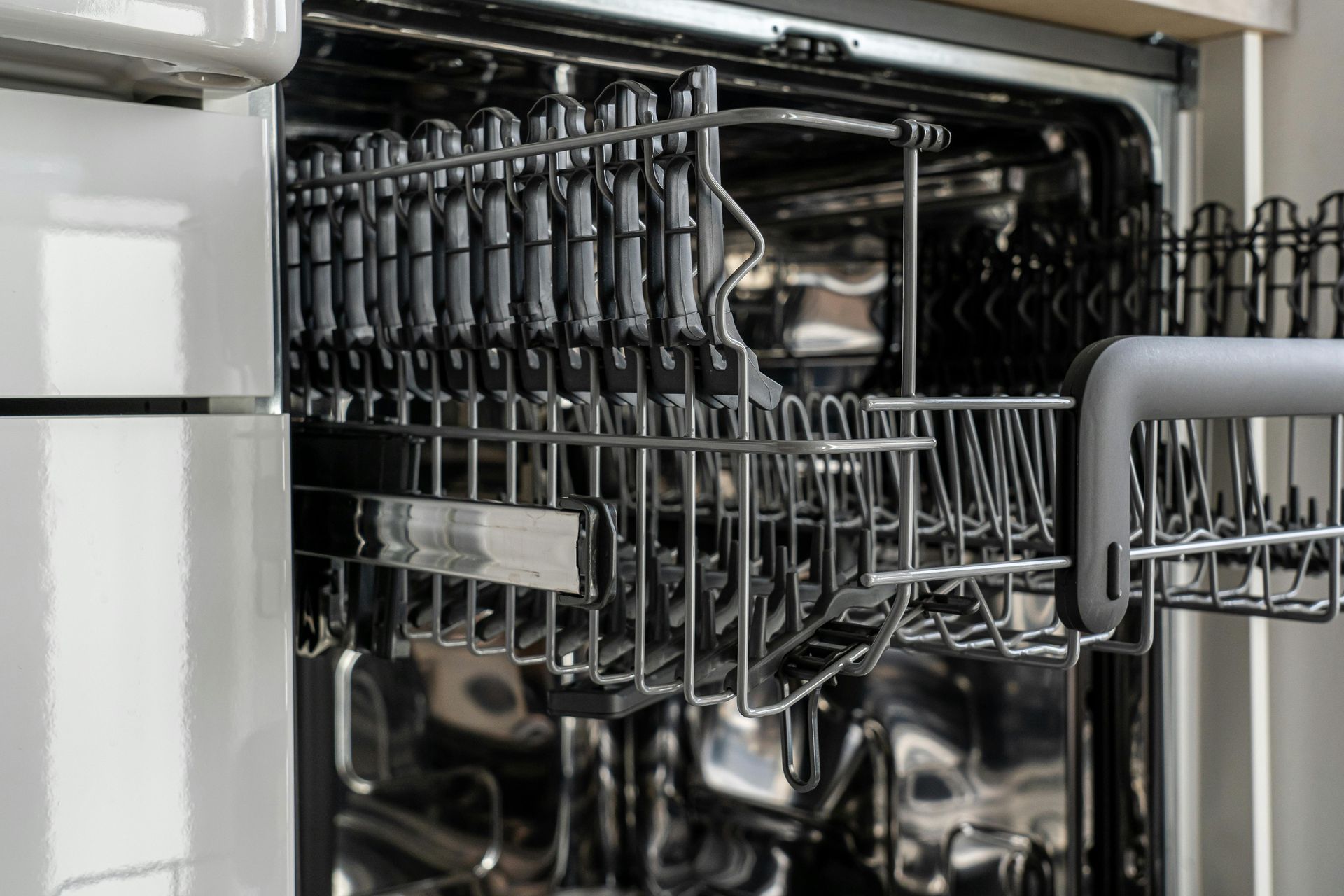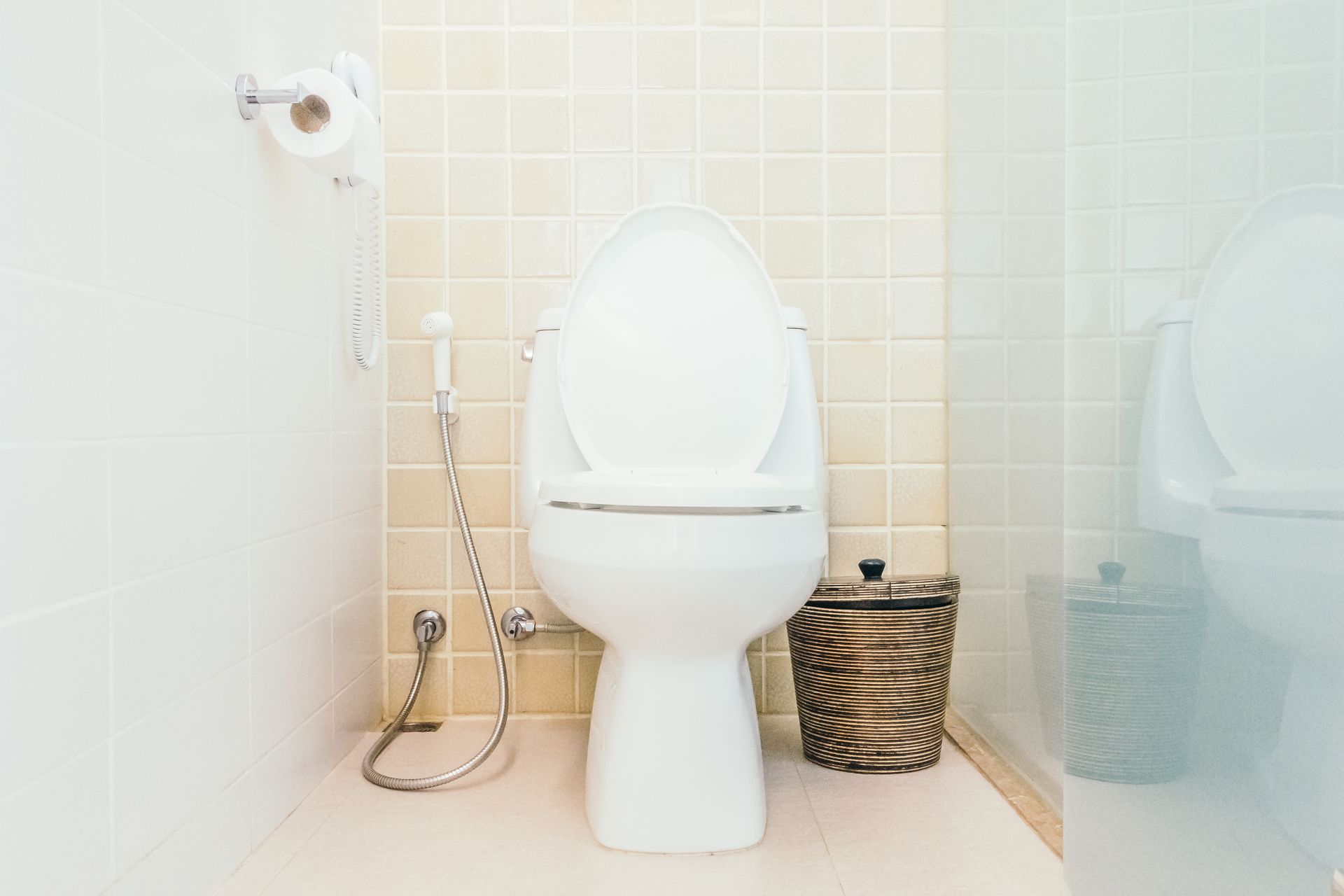How to Spot and Fix a Toilet Leak at the Base?
A leaking toilet at the base is a common and often overlooked plumbing issue that can cause significant damage if not addressed promptly. Water pooling around the base of the toilet can damage flooring, promote mold growth, and increase your water bills. Detecting and repairing this leak early is essential for maintaining your home’s plumbing integrity and avoiding costly repairs. This article provides a comprehensive guide on how to identify a leak at the base of your toilet and the steps to fix it, while also touching on related plumbing considerations such as the benefits of installing a water filtration system and the role of expansion tanks in your water system.
How to Identify a Leak at the Toilet Base
Leaks at the base of the toilet typically manifest as water pooling or dampness around the toilet’s connection to the floor. However, sometimes the leak can be subtle, making it harder to detect. Begin by visually inspecting the floor around the toilet for water stains, discoloration, or warping. A musty smell or visible mold near the base can also indicate a leak.
Another effective method to detect leaks inside the toilet involves the food coloring test. Remove the tank lid and add several drops of food coloring or a dye tablet into the tank water. Wait at least 15 to 30 minutes without flushing. If colored water appears in the bowl, it signals a leak, often from the flapper or overflow tube. While this test detects internal leaks, a leak at the base is usually due to a wax ring failure or flange issues.
It’s important to note that water pooling around the base may sometimes be caused by condensation on the toilet bowl in humid environments, so confirming the source of the water is crucial before proceeding with repairs.
Common Causes of Toilet Base Leaks
Several issues can cause leaks at the base of the toilet:
- Worn or Damaged Wax Ring: The wax ring seals the connection between the toilet and the drain flange. Over time, this ring can degrade, crack, or become misaligned, allowing water to seep out.
- Loose Toilet Bolts: The bolts securing the toilet to the floor can loosen, breaking the seal and causing leaks.
- Damaged Flange: The flange connects the toilet to the drain pipe. If it is cracked, corroded, or improperly installed, it can cause leaks.
- Cracked Toilet Base: Though less common, a crack in the porcelain base of the toilet can allow water to escape.
- Condensation: Excess moisture can form on the exterior of the toilet bowl, especially in humid climates, mimicking a leak.
How to Fix a Leak at the Toilet Base
Fixing a leak at the base generally involves replacing the wax ring and ensuring the toilet is properly secured to the floor. The process requires some plumbing knowledge and tools:
First, turn off the water supply to the toilet and flush it to drain the tank and bowl. Use a sponge to remove any remaining water. Disconnect the water supply line and remove the bolts holding the toilet to the floor. Carefully lift the toilet and place it aside.
Remove the old wax ring from the flange and the base of the toilet. Inspect the flange for damage; if it is broken or corroded, it may need repair or replacement. Install a new wax ring firmly onto the flange or toilet base, then carefully reposition the toilet onto the flange, ensuring it is aligned properly.
Tighten the bolts evenly to avoid cracking the porcelain. Reconnect the water supply and turn the water back on. Flush the toilet several times and check for leaks around the base. If the toilet rocks or moves, it can break the wax seal, so use shims if necessary to stabilize it.
Additional Plumbing Considerations
While fixing toilet leaks, it’s beneficial to consider the overall health of your home’s water system. For example, the benefits of installing a water filtration system extend beyond improving drinking water quality. Filtration systems reduce sediment and mineral buildup that can damage plumbing fixtures and appliances, including toilets and water heaters.
Moreover, many homes have expansion tanks installed in their plumbing systems to absorb pressure fluctuations caused by thermal expansion when water is heated. Properly functioning expansion tanks help protect your plumbing infrastructure, including toilets, from stress and potential leaks.
Regular maintenance of your water heater and filtration system can prevent sediment buildup and pressure issues that indirectly contribute to plumbing leaks.
When to Call a Professional
Replacing a wax ring and securing the toilet is a manageable DIY task for those with basic plumbing skills. However, if you encounter complications such as a damaged flange, cracked toilet base, or persistent leaks despite repairs, it is wise to consult a licensed plumber. Professionals can also help detect hidden issues like slab leaks or faulty plumbing connections that may be causing or exacerbating the leak.
Conclusion
Spotting and fixing a toilet leak at the base promptly is essential to prevent water damage, maintain hygiene, and reduce water waste. By inspecting for signs such as water pooling, performing dye tests, and addressing common causes like worn wax rings or loose bolts, most leaks can be resolved effectively. Considering the broader plumbing system, including the benefits of installing a water filtration system and maintaining expansion tanks, supports long-term plumbing health.
If repairs become complicated or leaks persist, professional assistance ensures a thorough and safe resolution. Proper maintenance and timely intervention will keep your bathroom functioning smoothly and protect your home’s value for years to come.











